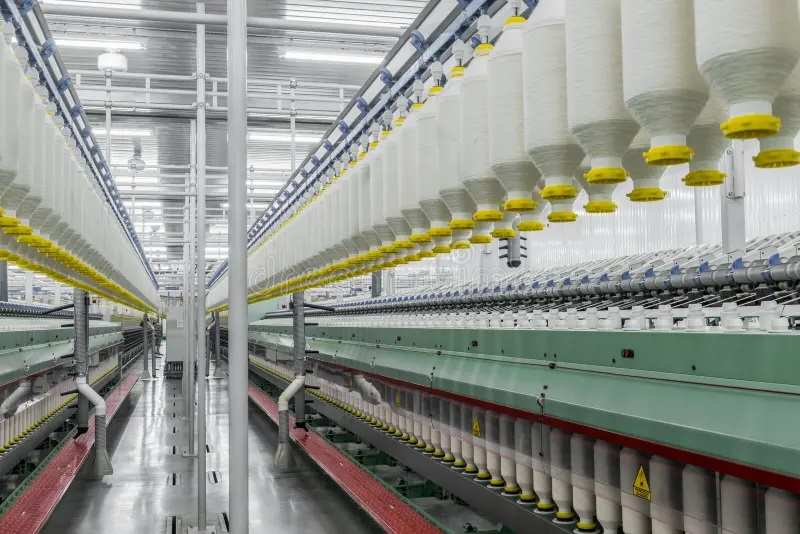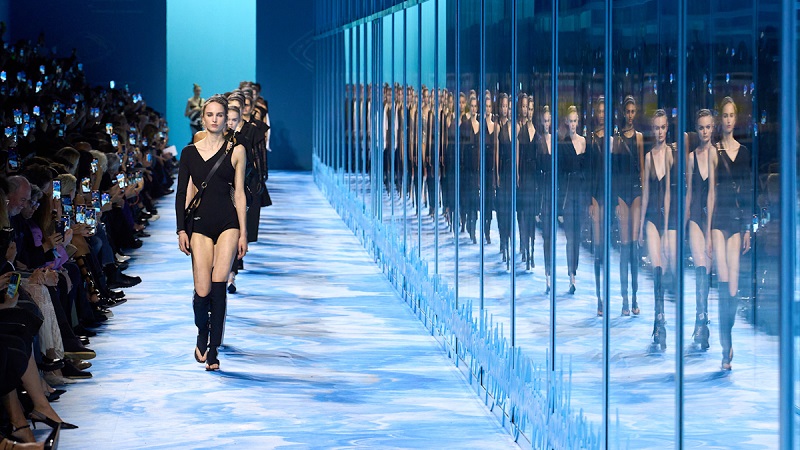
Social shopping isn’t exactly new as an e-commerce technology which uses shared social network of friends and contacts. It replicates an individual’s shopping experience of being with friends or those who influence their choices – suggestions, recommendations, validations – all real world influences, now online. For fashion retail, this technology has been very empowering as these come with metrics required to capture impressions, engagements, reach and sale, all at a go. Facebook, TikTok, Instagram, Snapchat, Twitter, Pinterest among others continue to engage users with relatable content, making them spend hours scrolling through their feed. And as the just released ‘The State of Fashion 2023’ McKinsey & Company and The Business of Fashion report suggests, this network of social platforms is where fashion retail can directly engage on a personal way, even more than their physical stores. In a joint survey conducted by Magento and Hootsuite, almost 6 in 10 consumers claimed that one-quarter of their online shopping is influenced by Facebook and YouTube.
The report highlights, nearly 90 per cent of APAC’s population surfing through mobile commerce, brands and retailers jumped in to what is now called Social Commerce. According to eMarketer, the US social ecommerce market skyrocketed by almost 38 per cent to $26.77 billion in 2020 and is expected to surpass $50 billion annually by 2023. Fashion retail couldn’t have found a better platform.
Instagram emerges best social commerce platforms for fashion retail
Instagram is indeed the ideal platform for fashion retail’s social commerce. This visual-rich app ticks all the right visual boxes which is why 70 per cent of online shoppers globally rely on Instagram for product discovery and it helps that Instagram has over a billion active users. Instagram Live Shopping launched in 2020 leverages influencers recommending products live and in real time.
All-time favorite Facebook had 3.45 billion active monthly users as per statistics at the end of 2021. Launched in 2020, Facebook Shops actually helped small and medium size businesses to relocate from brick and mortar to online shop fronts for greater outreach and traffic. This fully-customizable feature has been a boon to many small fashion retailers.
Relatively new player Tik Tok was initially met with a certain amount of disdain from fashion retail, as they felt this was not their image platform. Well, that’s history now as more and more brands are jumping into the Tik Tik bandwagon. The catch phrase “Tik Tok made me buy it” sealed the deal for brands, particularly those of fashion retail. Tik Tok’s USP lies in making unknown entities that include brands go viral overnight. Quick to seize the day, Tik Tok started offering shoppable posts, livestream shopping capabilities and opportunities for influencer marketing. Brands also have the option to build a shoppable storefront within TikTok through the Shopping tab. TikTok users can now add the shopping tab to their business profiles, where they can sync their static product catalog and allow customers to make purchases straight from the app. Augmented-reality filters popularly known as catalogue-powered shopping lenses introduced by Snapchat makes for an extremely up close and personal shopping experience online.
Paradigm shift for fashion retail
Forget carefully designed physical stores with their real world limitations – fashion is now truly exploratory through the help of social commerce. In fact such is the power of social commerce that engagements with consumers and influencers are beginning to influence collections and trends for the next collections. What is revolutionizing about social commerce is its power to provide bespoke engagement, make shopping seamless and of course, loads of fun.












